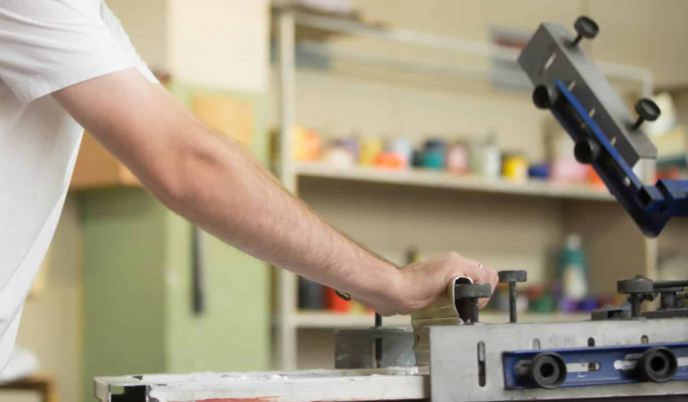A Quick Guide to Cleaning Your Printing Press

Cleaning your printing press is a simple yet critical process. You have to ensure that you clean all the components thoroughly while keeping them safe from any type of damage. If you struggle to clean your printing press, our guide can be helpful to you.
Here, we’re going to tell you how you can clean your printing press in the most simple way. So, let’s get started.
Cleaning Your Printing Press:
The best way to clean your printing press thoroughly is by cleaning each component separately. Here’s how you can do it:
1. Exit Fingers, Rollers, and Guides Under the Exit Cover
Cleaning exit fingers, rollers, and guides under the exit cover of a printing press can help resolve printing problems. These guide systems are used to push copy sheets in and out of the printer. They are commonly ribbed and can be cleaned using a cloth soaked in alcohol or press cleaners. You can also use prepackaged wipes for quick cleaning. However, it would help if you were careful not to scrape the excess ink from the rollers and guides. This can cause damage to the print drum.

For downstream sheet feeding, a guide system 30 is used. In this type of assembly, rotatably mounted arcuate guide or baffle fingers are located outside the normal engagement of copy sheets with the exit rollers.
2. Clean the Stabilizer Bar
Keeping the stabilizer bar on a printing press clean is important. This is because a grime buildup can prevent the print heads from moving correctly and causing printing problems. So, how can you ensure that your printer performs its best?
The first step is to unplug the printer. Once it is unplugged, the cartridge housing can be removed. You can then manually move it along the stabilizer bar.
Aside from removing the cart from the stabilizer, you can also try oiling the bar. Using a small amount of oil can help the printer run more smoothly and reduce noise. Make sure to apply oil to the stabilizer in a way that will not damage any components.
3. Clean the Flushing Box
The flushing box on Pro model printers should be cleaned regularly. This can help keep the print head clean and fix ink jetting issues.
To access the capping station, you need to unplug the printer. Then, you can remove the cartridges. A damp towel should be used to wipe off the print head.
Then, you should run the “Power Cleaning” feature to clean the nozzles. You should be able to see a special pattern on the screen. Once you have finished the process, wait about 12 hours and then try to print.
In some cases, you may need to replace the flushing box. If this is the case, you must download the appropriate maintenance manual.
4. Clean the Printhead
Cleaning the printhead with isopropyl alcohol can save you money and prevent a printer head from failing. Printheads can become clogged, which can cause a variety of problems. For example, blurry documents can indicate a clogged printhead. Using a cleaning card or swab can help, but you might have to clean the head manually.

Whether you have an inkjet or a thermal printer, cleaning the printhead is important. Not only does it prevent the printhead from failure, but it also helps you save ink.
If your print head is stubbornly clogged, you can use a solution of warm water and isopropyl alcohol. This mixture will dissolve the ink and remove a buildup of grime and debris. You may need to add more water as you go.
Things to Consider While Cleaning a Printing Press:
You have to consider the following things in mind while cleaning your printing press:
- Make sure to unplug the printing press before you start the cleaning process.
- Gather all the cleaning supplies before you get started.
- Only use quality cleaning products to avoid damaging your printing press.
- If you are not sure you can clean the printing press by yourself, don’t hesitate to take the assistance of a professional.
Conclusion:
That’s pretty much it. Cleaning your printing press is a technical process. You have to make sure you don’t mess it up while cleaning. The best way to do so is by cleaning all the components separately. In the information that we have just presented to you, the method of cleaning all of these components is discussed in a comprehensive manner.





